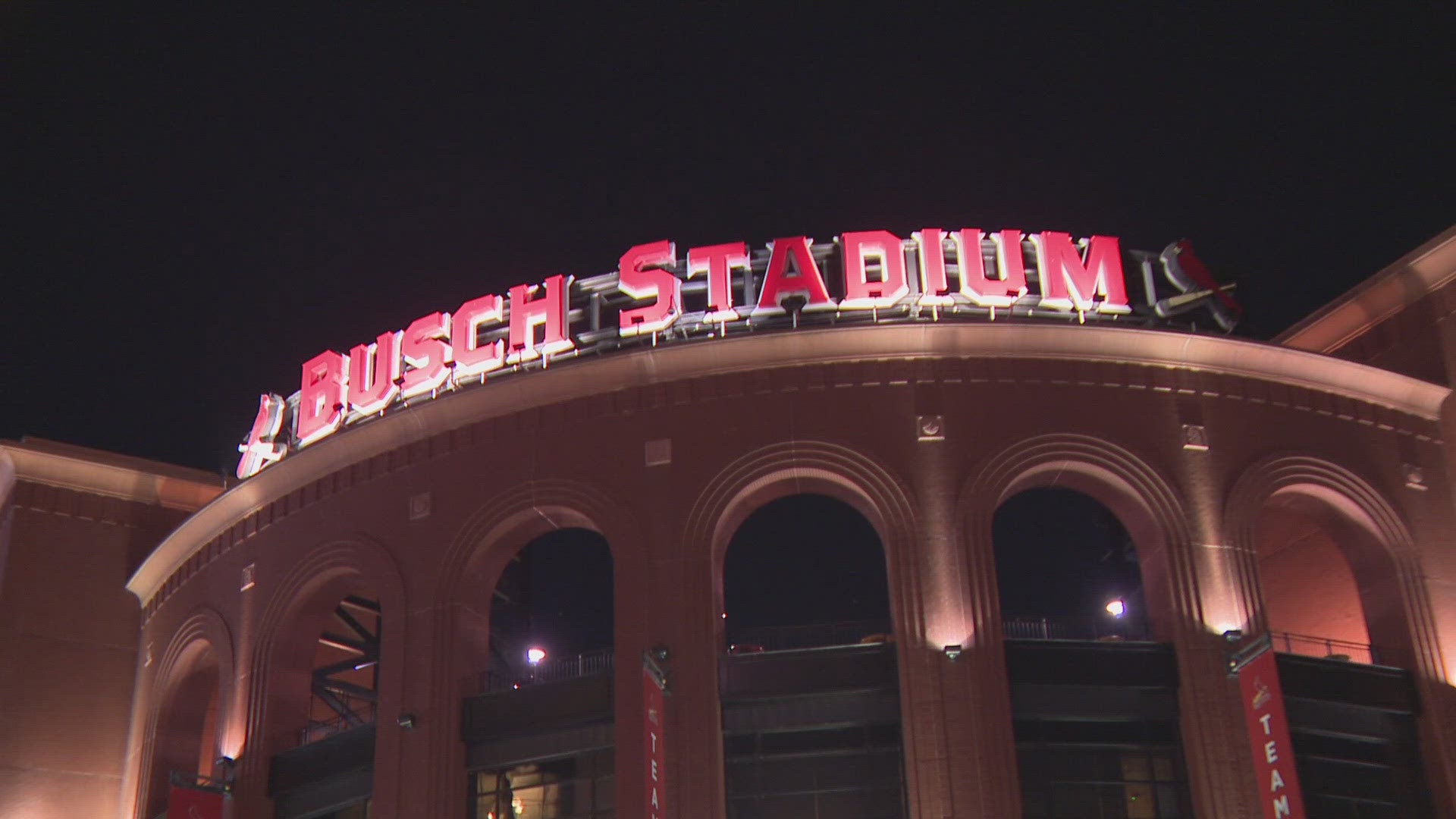Major League Baseball and its players have settled on terms for a new collective bargaining agreement, ending the sport's ninth work stoppage after 99 days and clearing the way for a full — but modified — 162-game regular season.
So, uh, what happens next?
In short: baseball. But there's work to do, first.
Opening day has been pushed back a week to April 7. Before Max Scherzer makes his New York Mets debut or Cleveland plays for the first time with its new Guardians moniker, clubs need to get players ready for a six-month season.
Plus, there are still 139 major league free agents looking for homes, including All-Star shortstop Carlos Correa.
Here's what to know with baseball's labor lockout over:
WHEN WILL SPRING TRAINING BEGIN?
A firm date hasn't been announced, but it's expected that players will begin reporting to camps for optional workouts Friday — exactly four weeks before the regular season begins.
Unlike a normal spring training, there won't be a split set of arrivals for pitchers and catchers versus other position players. Expect the entire roster to report at once, or at least as quickly as players can arrive.
HOW READY ARE THE PLAYERS?
Very, for the most part. Players have been gathering at fields and facilities across the country to stay sharp when camps didn't open as planned in mid-February. Aaron Judge and several Yankees teammates have been preparing at the University of South Florida, Vanderbilt coach Tim Corbin has invited alumni and their pals to use the school's facilities in Nashville, Tennessee, and the union opened a facility in Mesa, Arizona, for players.
There may still be a few hurdles. It's not uncommon for international players to be delayed by visa issues. It's usually a small complication during the standard six-week spring, but with camps shortened and coronavirus concerns still affecting international travel, some players might end up with a troublingly short runway. It's unclear if the league and union have established a new set of COVID-19 protocols, but some players could be slowed if there is intake testing.
And of course, there's concern about the health of the players, especially pitchers. This is the second time in three seasons that players will be thrown out of their normal spring routine. The rate of injuries spiked last year, when the schedule was restored to 162 games after only 60 games were played in 2020 because of COVID-19.
There will also be sorely needed communication between players and training staffs in the early days. Teams have not been allowed to speak with major league players during the lockout, an especially tricky set of circumstances for those rehabbing after injuries.
WHAT ABOUT THE FACILITIES AND COACHES?
This is actually an easier one. Since the lockout only applied to players on major league contracts, minor league players have already reported. Many coaches, trainers and other members of major league staffs have been working with those minor leaguers while they await the end of the lockout. Most of the equipment necessary to run the camps is also in place.
WHEN WILL THEY START TO PLAY GAMES?
Commissioner Rob Manfred had previously canceled spring exhibitions until March 18, but some games could be added to the schedule for next week. Even if most major league players aren't ready for game action as soon as camps formally open, teams could fill rosters will minor league players in the early stages of the exhibition schedule. Ballparks in Florida and Arizona — and the businesses nearby — would be happy to have some games restored.
WHAT ABOUT ALL THOSE FREE AGENTS?
Correa, Freddie Freeman and Kris Bryant headline the list of free agents still searching for a team after rosters were frozen by MLB during the lockout.
Teams spent a record $1.4 billion on free agents in the hours before the lockout began — remember Corey Seager and Marcus Semien going to the Texas Rangers? Or Javier Báez to the Detroit Tigers?
Still, several impactful stars remain without a team, and a rapid-fire game of musical chairs is expected. Some names to watch: Clayton Kershaw may be choosing between a reunion with the Los Angeles Dodgers or a chance to stay close to his Dallas home with the Rangers, while Japanese outfielder Seiya Suzuki was posted in November but had his 30-day signing window interrupted by the lockout. Suzuki will have 20 days to strike a deal when the freeze lifts.



